The Federal Reserve's Divided Stance on Interest Rates Sets Stage for Potential Tie
The Federal Reserve's typically consensus-driven decision-making process has been thrown into disarray, with the upcoming rate-setting meeting potentially resulting in an unprecedented tie, according to analysts at Capital Economics. The 12-member Federal Open Market Committee (FOMC) is set to convene on December 9-10, and the odds of a rate cut have increased significantly following a surprise statement from New York Fed President John Williams on Friday.
Williams' comments, which suggested that there is room for further adjustment in the near term to bring benchmark rates closer to neutral, boosted the odds of a rate cut next month to above 70% from less than 40% the day before. This sudden shift in sentiment sparked a broad stock market rally, with the S&P 500 index rising by 1.2% on the day.
However, not all FOMC members are on board with the idea of a rate cut. Four regional Fed bank presidents - Susan Collins, Austan Goolsbee, Alberto Musalem, and Jeffrey Schmid - have sounded skeptical or downright hostile to the idea, while Fed governors Michael Barr and Phillip Jefferson have signaled caution. On the dovish side, Williams' comments have been joined by a growing chorus of voices, including those of Chicago Fed President Charles Evans and San Francisco Fed President Mary Daly.
The FOMC's decision-making process is complex, with a simple majority required to pass a rate cut. If the vote were to end in a tie, it would be the first time in the committee's history that such an outcome has occurred. Analysts at Capital Economics have attempted to count votes, but the math is tricky, and the outcome remains uncertain.
The market impact of a potential rate cut is significant, with investors closely watching the FOMC's decision for cues on the direction of monetary policy. A rate cut would likely lead to a decline in the value of the US dollar, while also boosting the stock market and potentially leading to higher inflation.
The Federal Reserve's decision-making process is guided by its dual mandate to promote maximum employment and price stability. The current inflation rate remains above the Fed's target, which has dampened hopes for more easing at the upcoming FOMC meeting. However, Williams' comments have injected a degree of uncertainty into the market, and investors will be closely watching the committee's decision.
The implications of a potential tie at the FOMC meeting are significant, and would likely lead to a period of heightened uncertainty in the markets. If the vote were to end in a tie, it would be a rare instance of the committee's inability to reach a consensus, and would likely lead to a period of intense scrutiny and debate.
In conclusion, the Federal Reserve's divided stance on interest rates has set the stage for a potentially historic tie at the upcoming FOMC meeting. The market impact of such an outcome would be significant, and investors will be closely watching the committee's decision for cues on the direction of monetary policy.
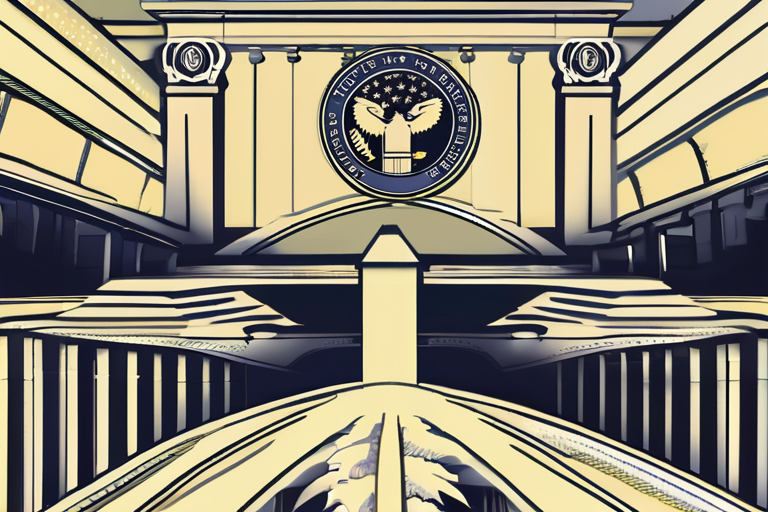


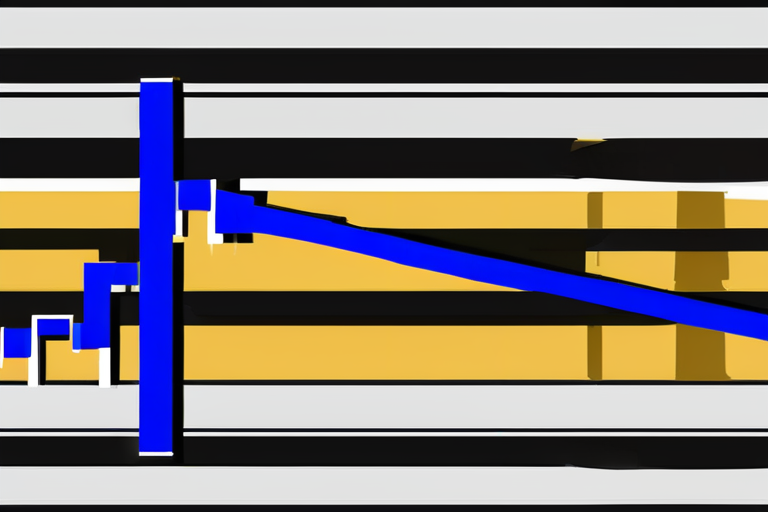

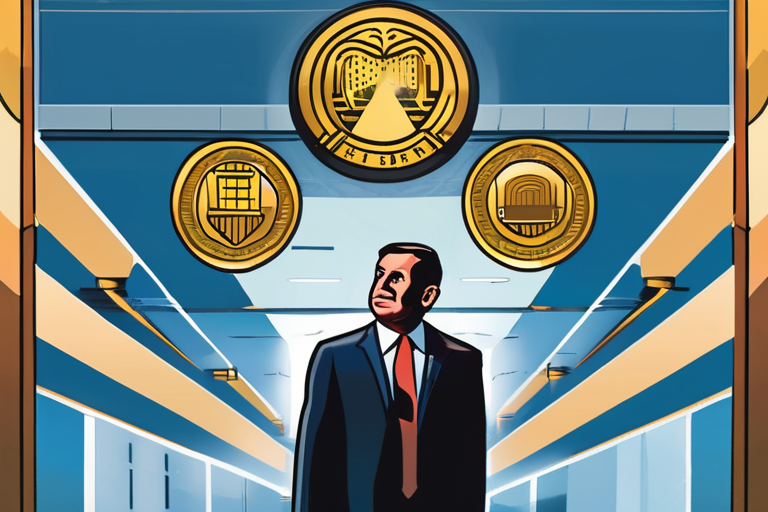
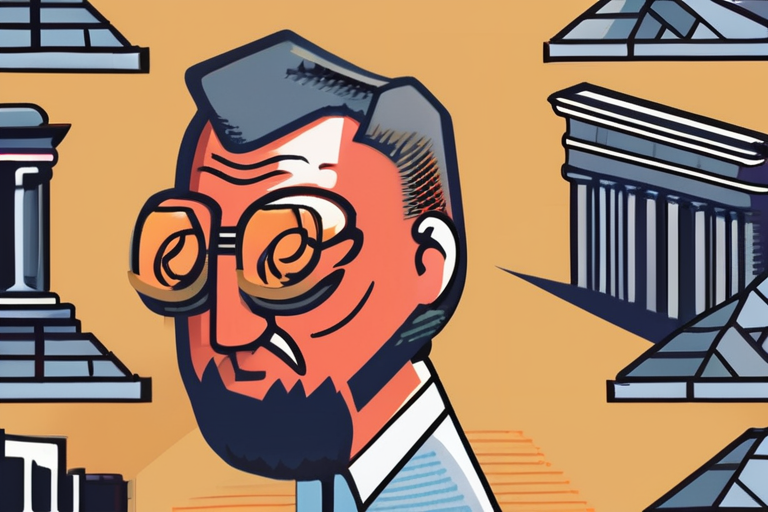





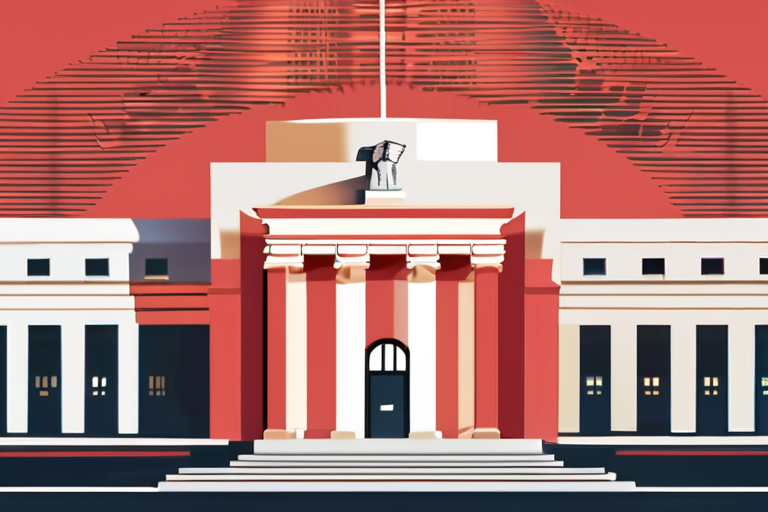

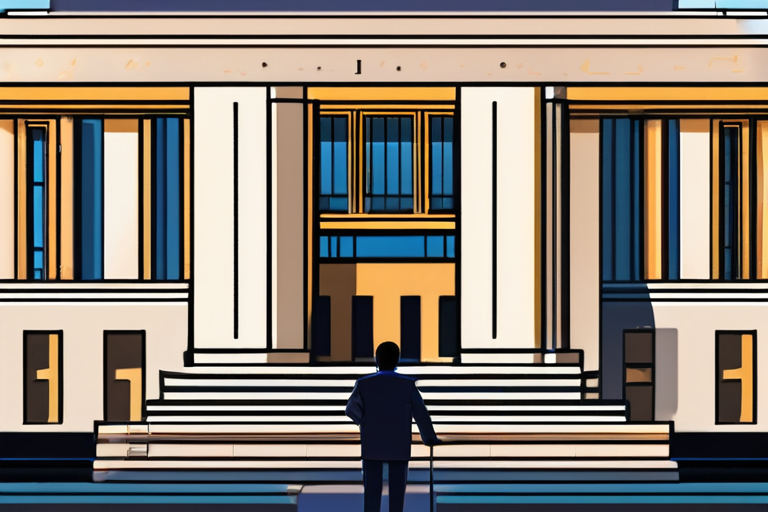
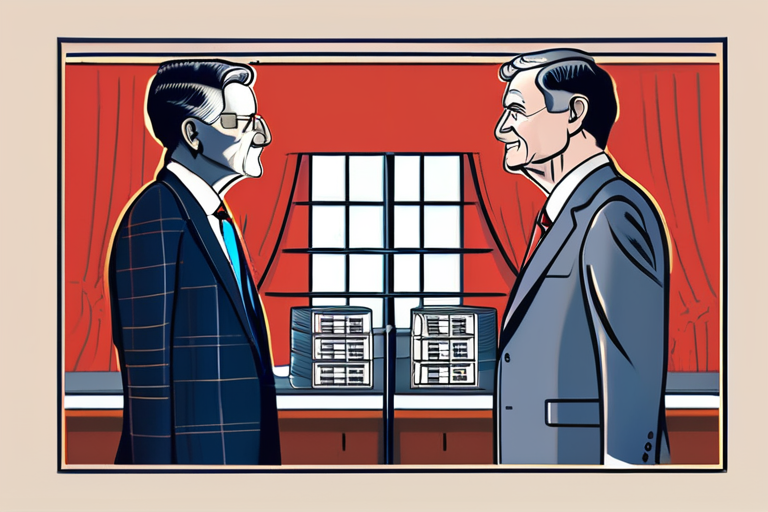



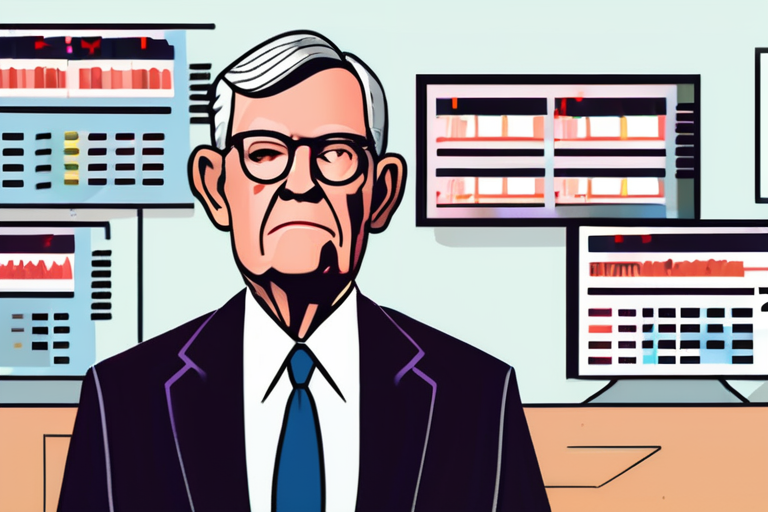



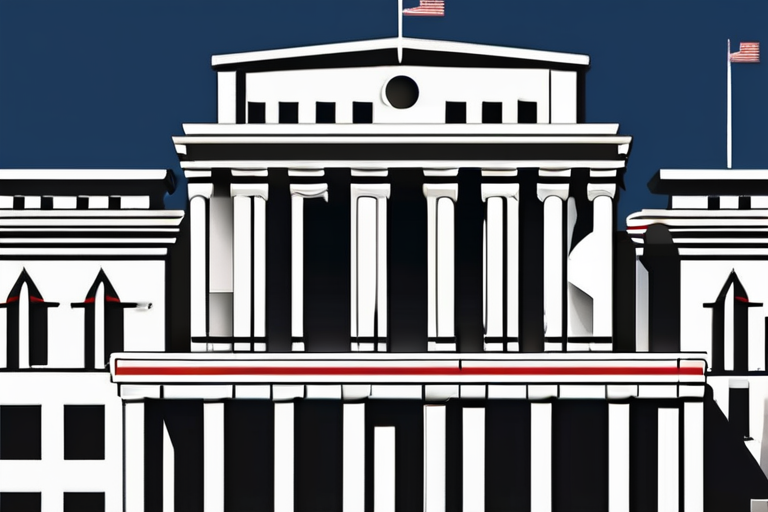


Share & Engage Share
Share this article